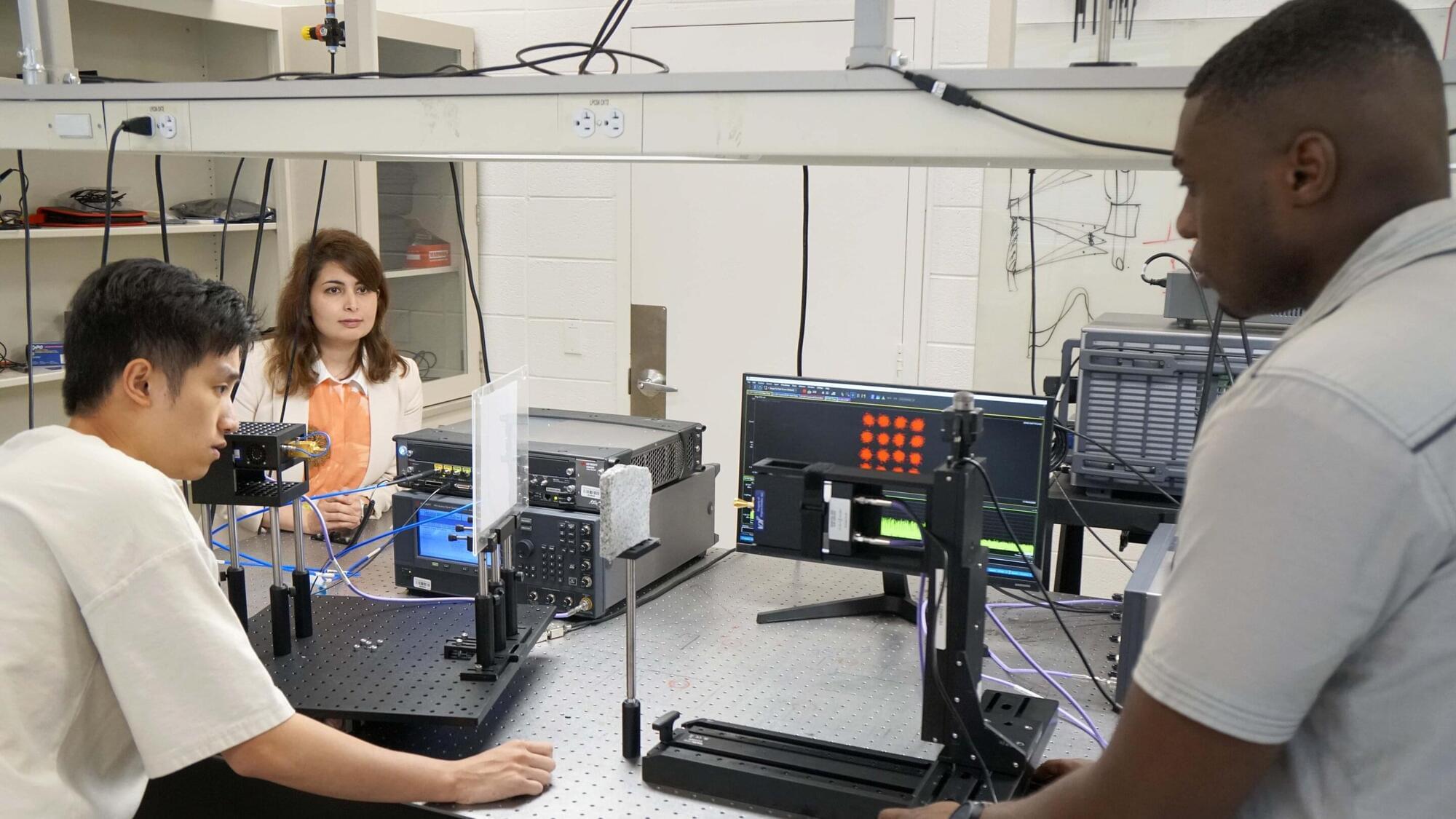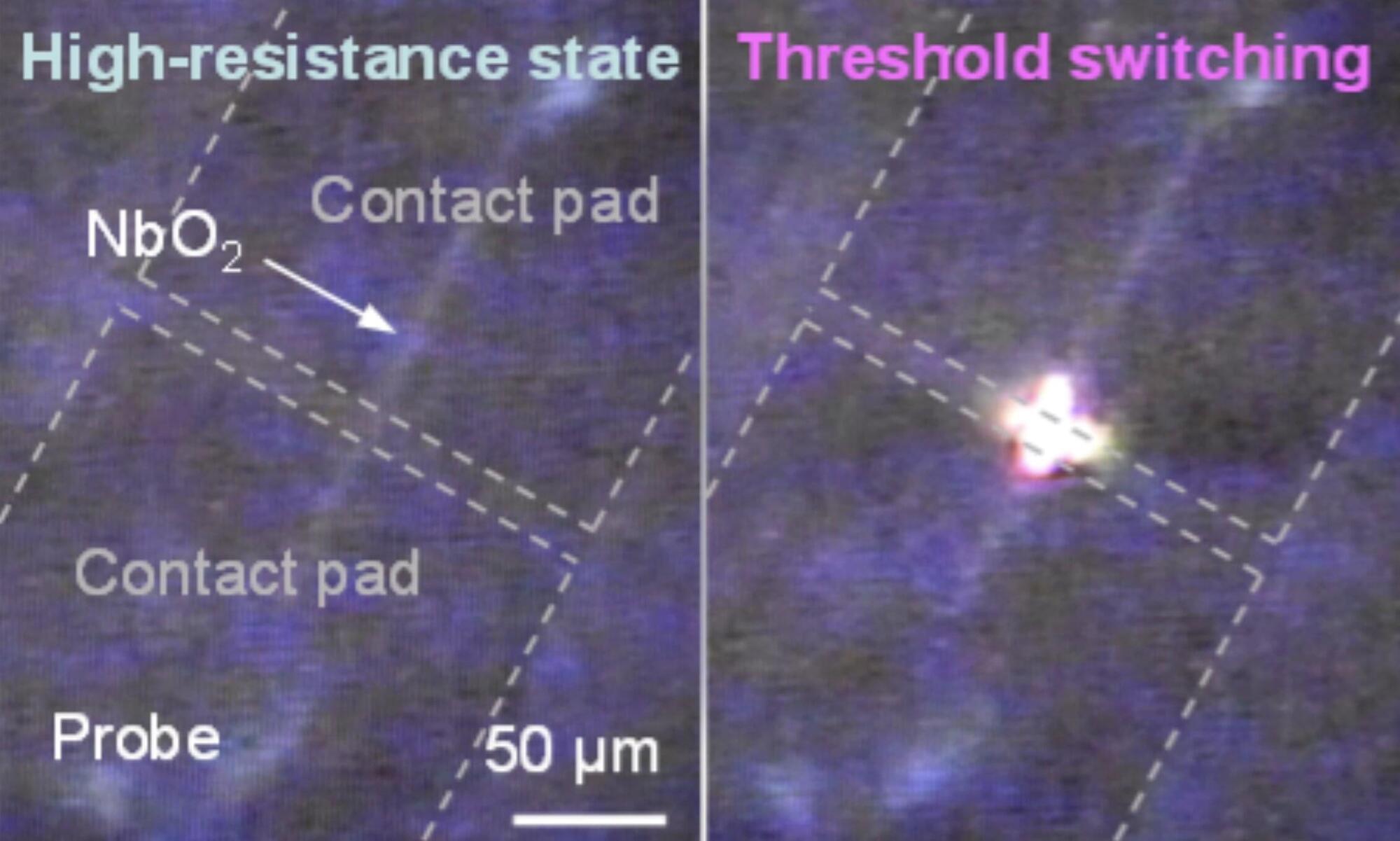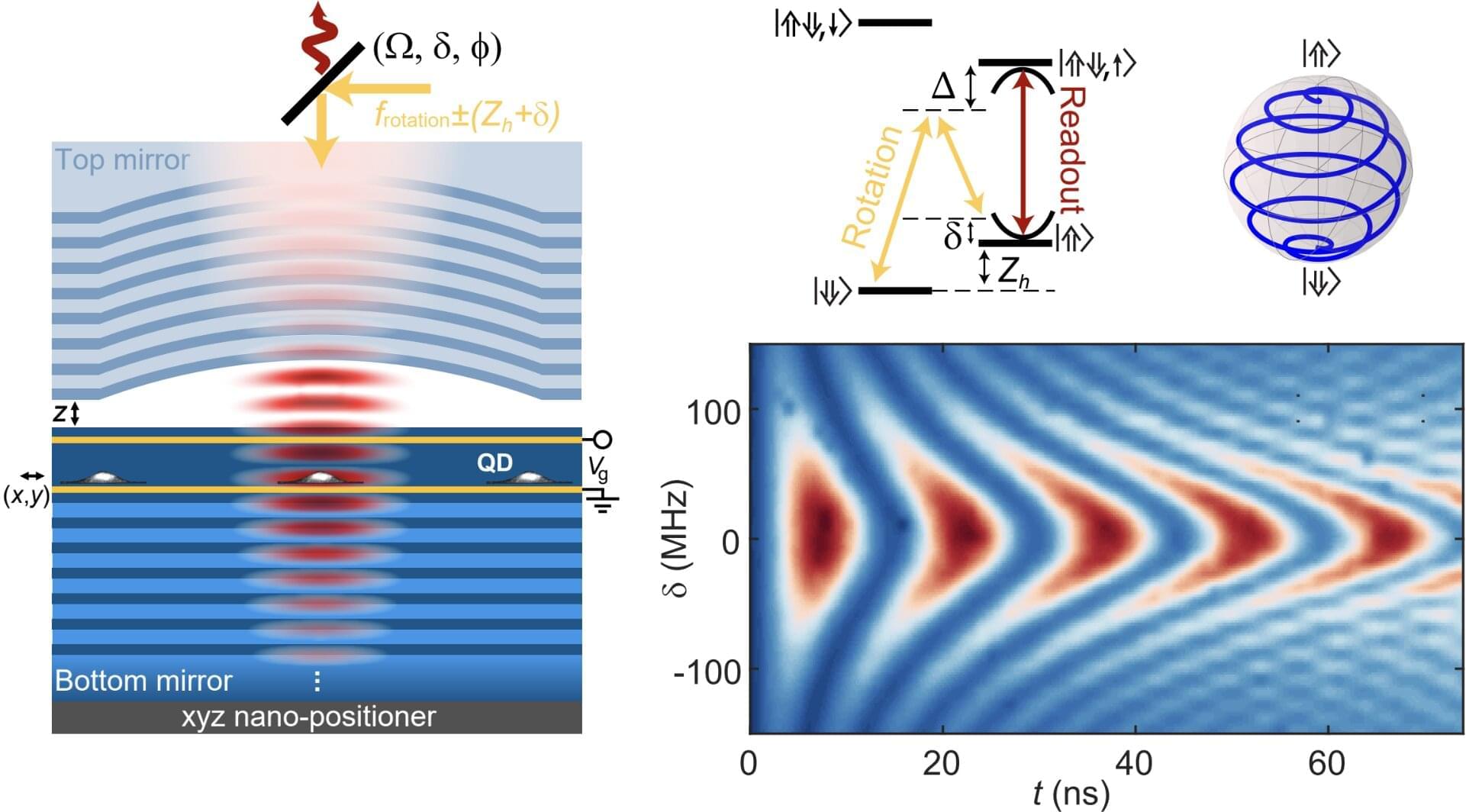AT&T scooped up the lion’s share of EchoStar’s licenses for $23 billion Tuesday, but Charlie Ergen still has valuable airwaves to bargain with.




High frequency radio waves can wirelessly carry the vast amount of data demanded by emerging technology like virtual reality, but as engineers push into the upper reaches of the radio spectrum, they are hitting walls. Literally.
Ultrahigh frequency bandwidths are easily blocked by objects, so users can lose transmissions walking between rooms or even passing a bookcase.
Now, researchers at Princeton Engineering have developed a machine-learning system that could allow ultrahigh frequency transmissions to dodge those obstacles. In an article in Nature Communications, the researchers unveiled a system that shapes transmissions to avoid obstacles coupled with a neural network that can rapidly adjust to a complex and dynamic environment.

Over the past decades, engineers have introduced a wide range of computing systems inspired by the human brain or designed to emulate some of its functions. These include devices that artificially reproduce the behavior of brain cells (e.g., neurons), by processing and transmitting signals in the form of electrical pulses.
Most neuron-inspired devices developed so far use either electrons or photons to process and transmit information, rather than integrating the two. This is because photonic and electronic systems typically have very different architectures, and converting the signals they rely on can be challenging and lead to energy losses.
Researchers at Stanford University, Sandia National Laboratories, and Purdue University recently developed new electro–optical devices that can mimic neuron-like electrical pulses and simultaneously emit oscillating light. These devices, referred to as electro-optical Mott neurons, were introduced in a paper published in Nature Electronics.

Quantum technologies, devices that work by leveraging quantum mechanical effects, could outperform classical technologies in some fields and settings. The so-called spin (i.e., intrinsic angular momentum) carried by quantum particles is central to the functioning of quantum systems, as it can store quantum information.
To reliably share quantum information across a network, however, spins need to be linked to photons (i.e., particles of light). For decades, engineers and quantum physicists have thus been trying to devise approaches to interface spins and photons.
One strategy to achieve this entails the use of quantum dots, nanoscale semiconductor structures that can trap electrons or holes in distinct energy levels. When placed in carefully engineered optical resonators known as microcavities, these structures can generate individual photons. Nonetheless, ensuring that the coherence of spins is not disrupted by magnetic noise originating from nearby nuclear spins and thus facilitating the preservation of quantum information over time has so far proved challenging.

Batteries, like humans, require medicine to function at their best. In battery technology, this medicine comes in the form of electrolyte additives, which enhance performance by forming stable interfaces, lowering resistance and boosting energy capacity, resulting in improved efficiency and longevity.
Finding the right electrolyte additive for a battery is much like prescribing the right medicine. With hundreds of possibilities to consider, identifying the best additive for each battery is a challenge due to the vast number of possibilities and the time-consuming nature of traditional experimental methods.
Researchers at the U.S. Department of Energy’s (DOE) Argonne National Laboratory are using machine learning models to analyze known electrolyte additives and predict combinations that could improve battery performance. They trained models to forecast key battery metrics, like resistance and energy capacity, and applied these models to suggest new additive combinations for testing.

On Christmas Day in 1968, the three-man Apollo 8 crew of Frank Borman, Jim Lovell, and Bill Anders found a surprise in their food locker: a specially packed Christmas dinner wrapped in foil and decorated with red and green ribbons. Something as simple as a “home-cooked meal,” or as close as NASA could get for a spaceflight at the time, greatly improved the crew’s morale and appetite. More importantly, the meal marked a turning point in space food history.

Learning how to study the leopard-like spots found on both terrestrial and Martian rocks can prepare scientists for when the real samples arrive from space. A curious red Martian rock nicknamed Sapphire Canyon has scientists excited, as its spotted appearance hints at possible organic origins. On Earth, researchers tested a powerful laser technique, O-PTIR, on a similar rock found by chance in Arizona, proving it can rapidly and precisely reveal a material’s chemical makeup. This high-resolution method could play a key role in analyzing Mars samples once they arrive, adding to its growing track record in NASA missions like Europa Clipper.
In 2024, NASA’s Mars rover Perseverance collected an unusual rock sample. The rock, named Sapphire Canyon, features white, leopard-like spots with black borders within a red mudstone and might hold clues about sources of organic molecules within Mars.
Here on Earth, in Review of Scientific Instruments, by AIP Publishing, researchers from Jet Propulsion Laboratory and the California Institute of Technology used a technique called optical photothermal infrared spectroscopy (O-PTIR) to study a visually similar rock. They wanted to determine if O-PTIR can be applied to the Sapphire Canyon sample when it is eventually brought here for study.

